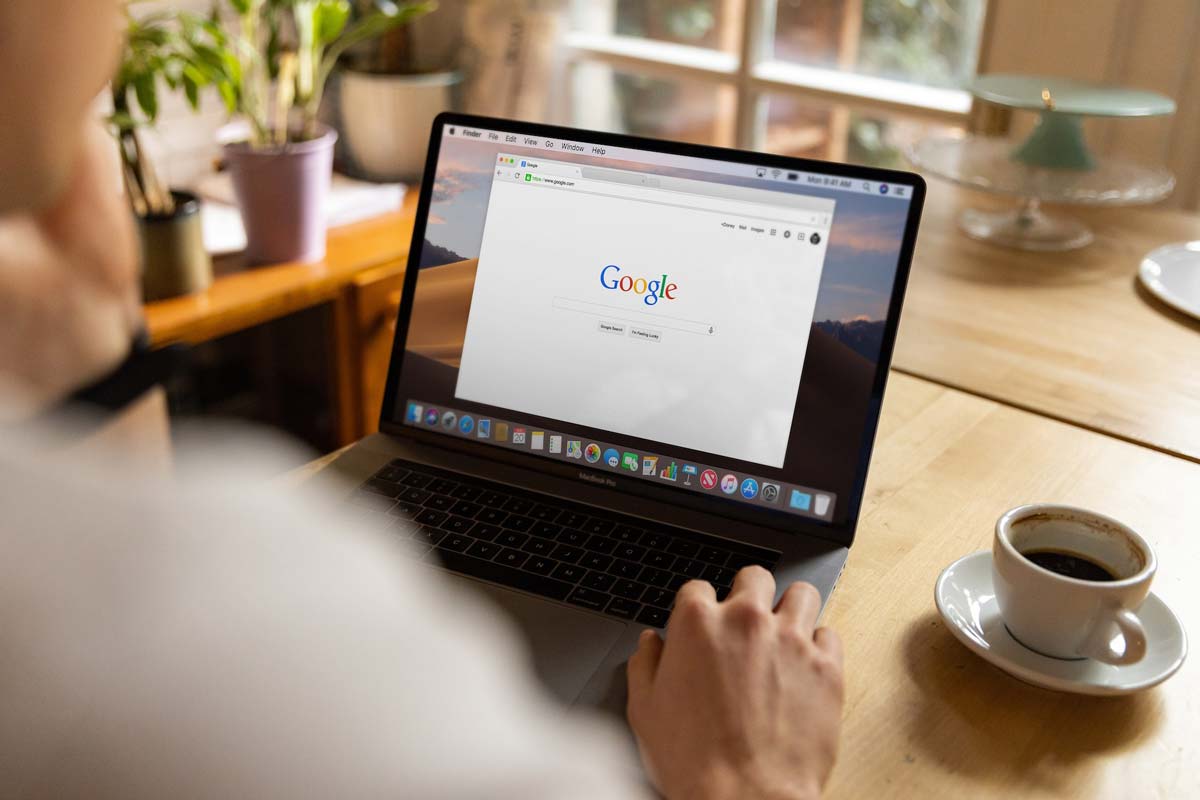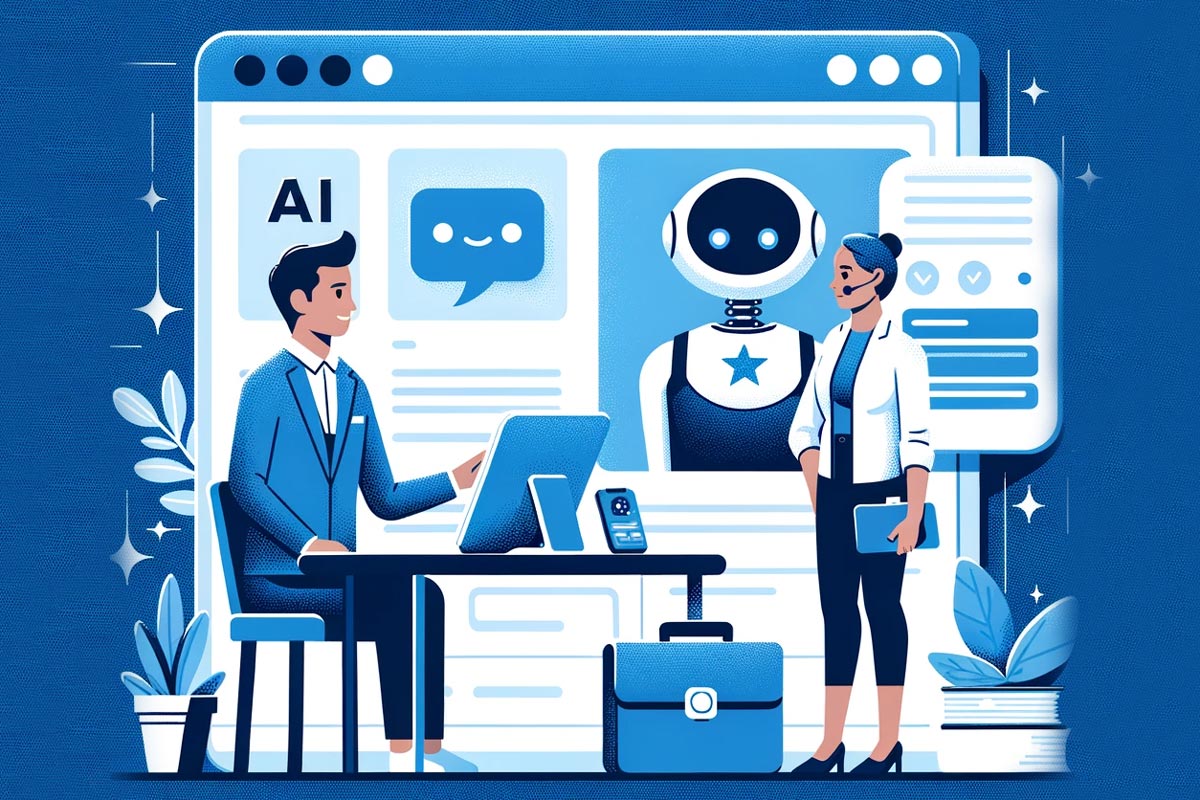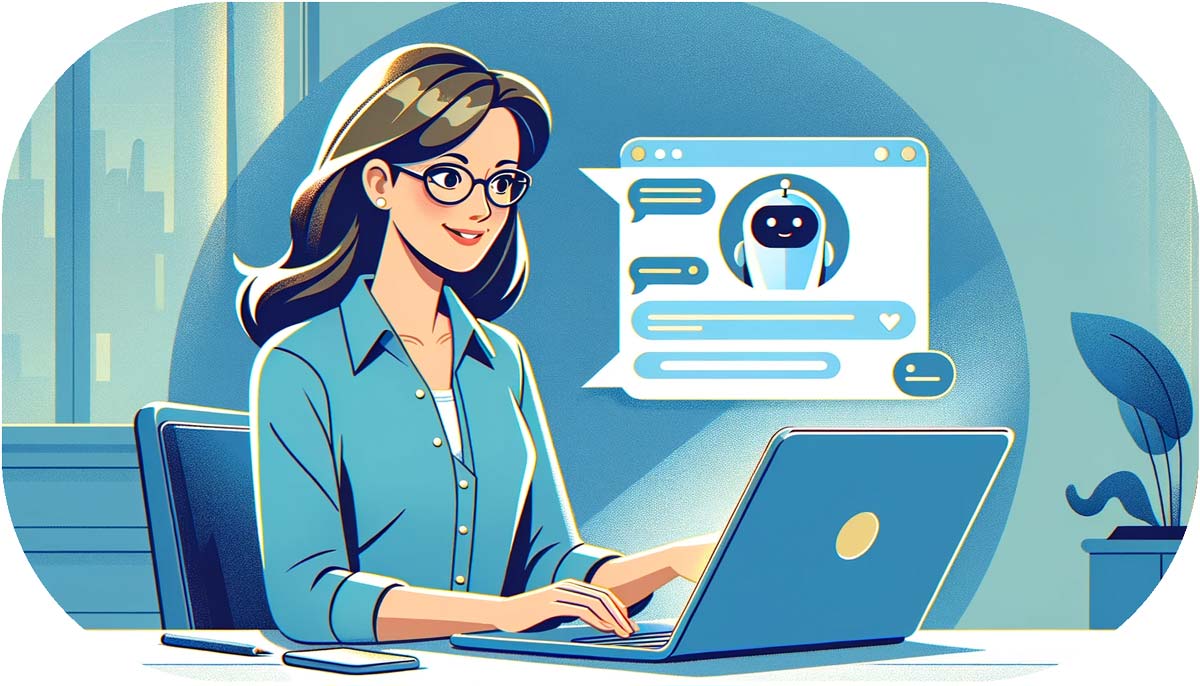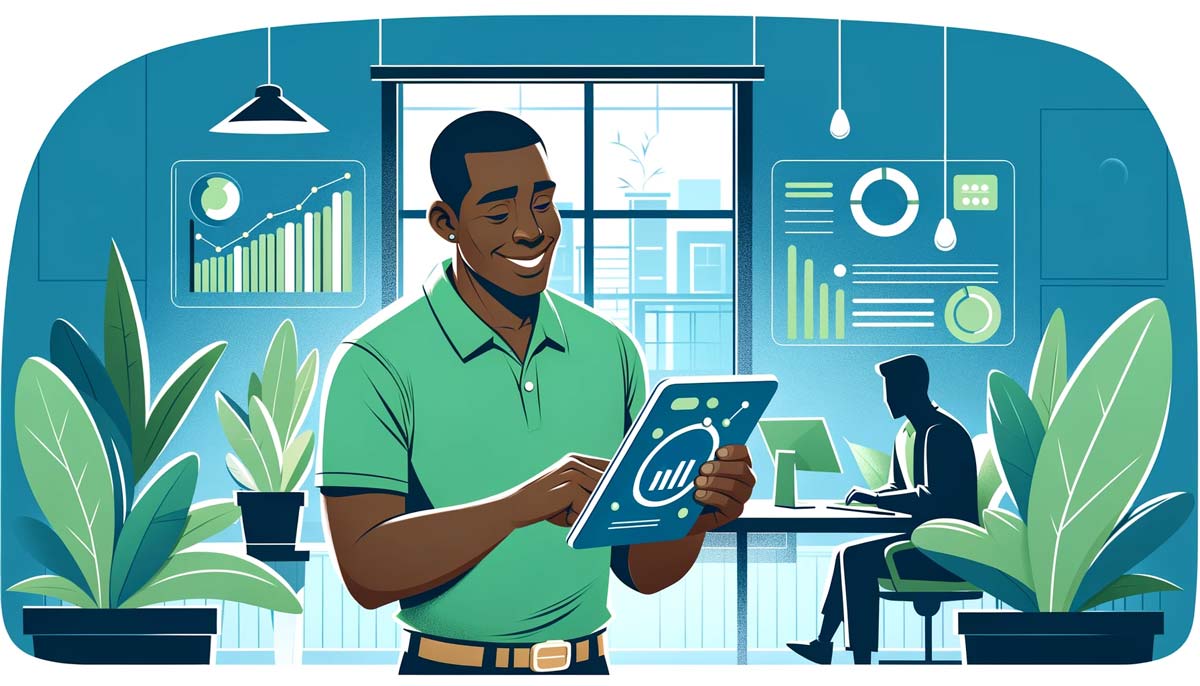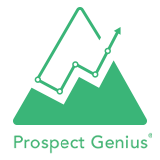Understanding Google’s NAP Guidelines: One Business, One Website
As a small business owner, navigating the complex world of SEO and digital marketing can be challenging. A key element in this journey is understanding the importance of adhering to Google’s guidelines, particularly when it comes to your business’s Name, Address, and Phone number (NAP) consistency. Google emphasizes the importance of having one website, one name, one address, and one phone number for your business. This principle isn’t just a recommendation; it’s a cornerstone of how Google assesses and ranks local businesses in search results.
The Misguided Approach of Multiple Geo-Targeted Websites
Recently, some marketing services, like the one offered by Staylisted, have been promoting the idea of creating separate, geo-targeted websites for businesses aiming to focus on specific cities or regions. While this approach may seem like a savvy marketing strategy, it directly contradicts Google’s guidelines. The concept of having multiple websites for the same business can lead to several issues:
- Perceived as Spam by Google: When a business has more than one website, it risks being flagged as spam by Google’s algorithms. This can harm your overall online presence and search engine rankings.
- Diluted Efforts: Managing multiple websites divides your attention and resources. Instead of strengthening a single online presence, you’re spreading your efforts thin, which often leads to neither website performing optimally.
- Confusion for Customers: Multiple websites can confuse your potential customers, leading to a lack of trust and difficulty in finding accurate information about your business.
A Once Effective Strategy, Now Obsolete
It’s crucial to acknowledge that the strategy of creating multiple websites for different geographical targets was once effective, about 15 years ago. However, as search engine algorithms have evolved, this practice has become outdated and counterproductive.
Embracing Ethical and Effective SEO Practices
As a digital marketing expert, it’s disheartening to see companies like Staylisted promoting outdated and potentially harmful strategies to small businesses. It’s essential for you, as a business owner, to stay informed and cautious about the marketing practices you adopt.
Moving Forward: Best Practices for Local SEO
Instead of splitting your digital presence, focus on these key strategies:
- Optimize Your Single Website: Make your one website robust, user-friendly, and optimized for local SEO. Include local keywords, create location-specific content, and ensure your NAP details are consistent across all online platforms.
- Relevant services: CoreSite, Content Writing, CleanSlate, Directory Dominator
- Google Business Profile: Utilize your Google Business Profile to its fullest potential. This free tool allows you to manage your online presence across Google, including Search and Maps.
- Relevant services: Google Business Profile Optimization
- Quality Content and User Experience: Invest in creating high-quality content and a seamless user experience. This approach not only adheres to Google’s guidelines but also genuinely serves your potential customers.
- Relevant services: CoreSite, Content Writing
Conclusion: Protect Your Business’s Online Integrity
While the temptation to follow every new marketing trend is understandable, it’s crucial to weigh these decisions against Google’s guidelines and the potential impact on your business. Blatantly violating Google’s guidelines, the way Staylisted is encouraging, seldom leads to positive outcomes and carries with it significant risk of substantial and long-lasting harm. Stick to playing within Google’s rules and your business will thrive in the long term.

